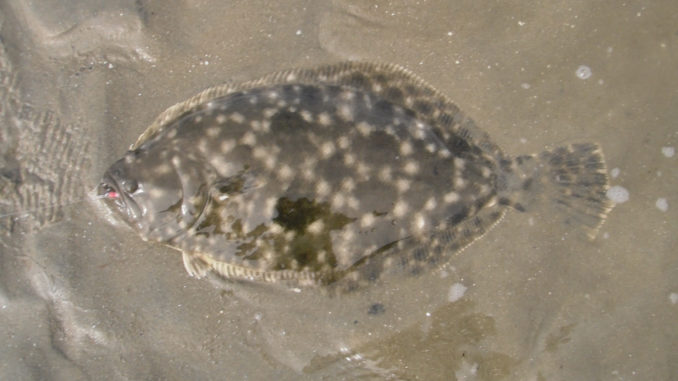
North Carolina and South Carolina are the only two states where fishermen can catch three species of flounder from the same general area. While the summer flounder occurs from Nova Scotia to Florida’s southern-most extents, the Carolinas mark the top of the northern range for both gulf and southern flounder.
Most people that target flatfish can get away with calling every flounder they catch as a “summer flounder,” especially if it’s a 10-pound doormat. Typically, the summer flounder is the most abundant and, consequently, is the largest of the species. Both gulf and southern flounder remain on the small side when compared to summer flounder, but some 10 to 12-pound southern flounder show up in anglers’ catches each year.
Typically, the different species occur in different habitats, but anglers fishing around inlets find the three species blending together.
Flounder can be distinguished by a variety of anatomical characteristics, but the easiest way to determine a flounder’s pedigree is their dorsal color pattern, or more specifically, their spots. Gulf flounder will have three distinct spots near the tail that form a triangle. Summer flounder will have five distinct spots near the tail, and southern flounder will be void of distinct, embossed spots and are usually much darker, with a larger mouth than the other species.





Be the first to comment